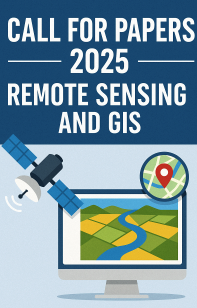Study of the Accuracy of Sri Lankan Drone Survey Technology for Land Survey on Different Terrain Conditions
Research Article- DOI: 10.23953/cloud.ijarsg.500
Keywords:
Drone survey; Topography; UAV; Total station; RTKAbstract
With the development of the technology, Unmanned Aerial Vehicles (UAVs) are more prominently used in construction field for surveying. Because of low time consume and easy to get data at unreachable places also. At present, large scaling topographic maps are obtaining using unmanned aerial vehicle (UAV) photogrammetry method, therefore UAV photogrammetry has replacing traditional survey method like total station. But don’t know how much accuracy it has, with comparing traditional survey methods. The accuracy may be consisting on the terrain conditions. So, it is better to check which terrain conditions have more accurate and which terrains are in very low accuracy. And also, accuracy of results may be depending on the accuracy of the topography software. Level terrain, vegetation area, build-up area and slope area were obtained during the research. Selected the Kantale sugar factory area in Sri Lanka, to understand the different terrain conditions. The results showed that the UAV results are more accurate with level terrain conditions and accuracy is low with other terrain conditions.
Keywords Drone survey; Topography; UAV; Total station; RTK
Downloads
Published
How to Cite
Issue
Section
License
Copyright (c) 2021 International Journal of Advanced Remote Sensing and GIS

This work is licensed under a Creative Commons Attribution 4.0 International License.



